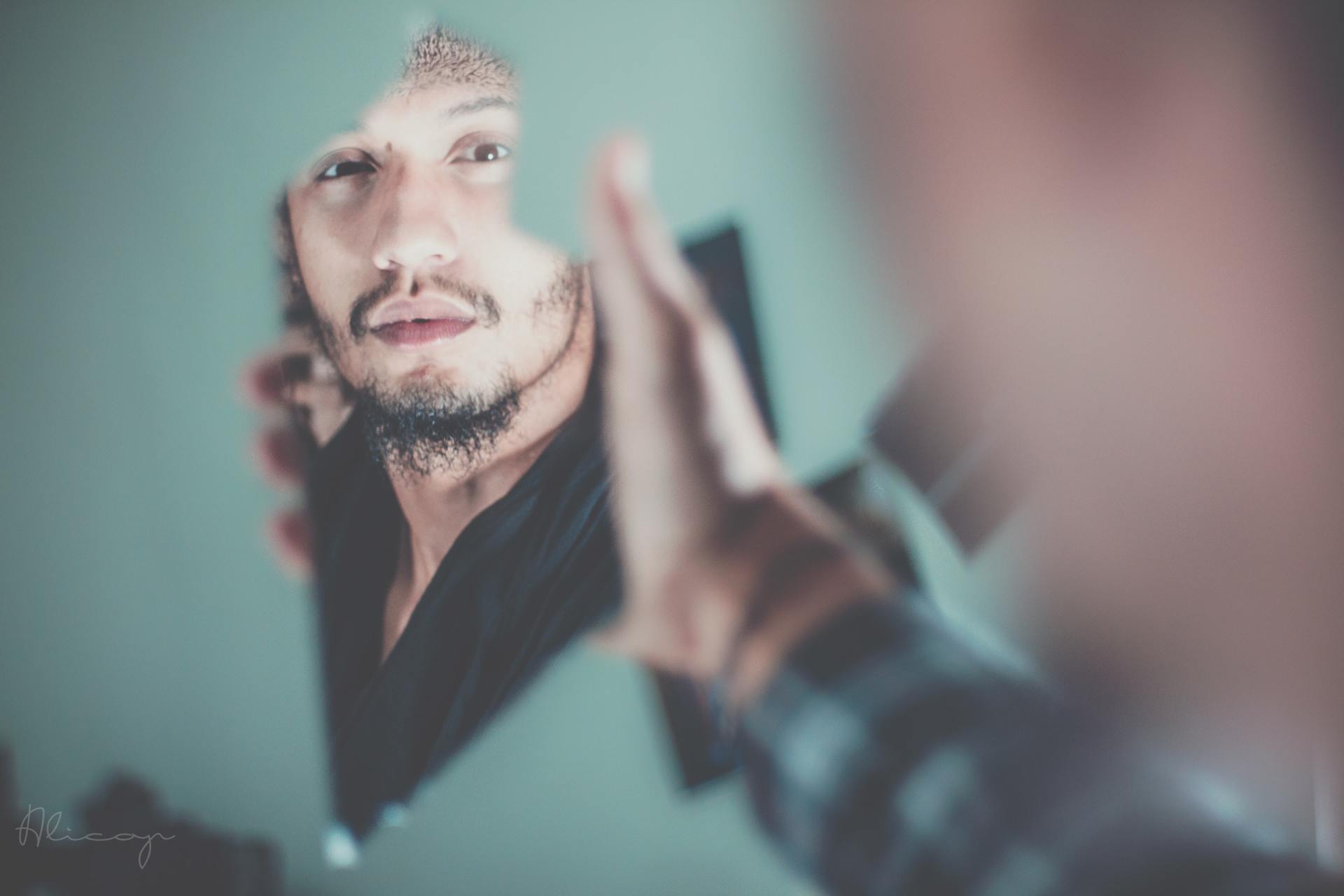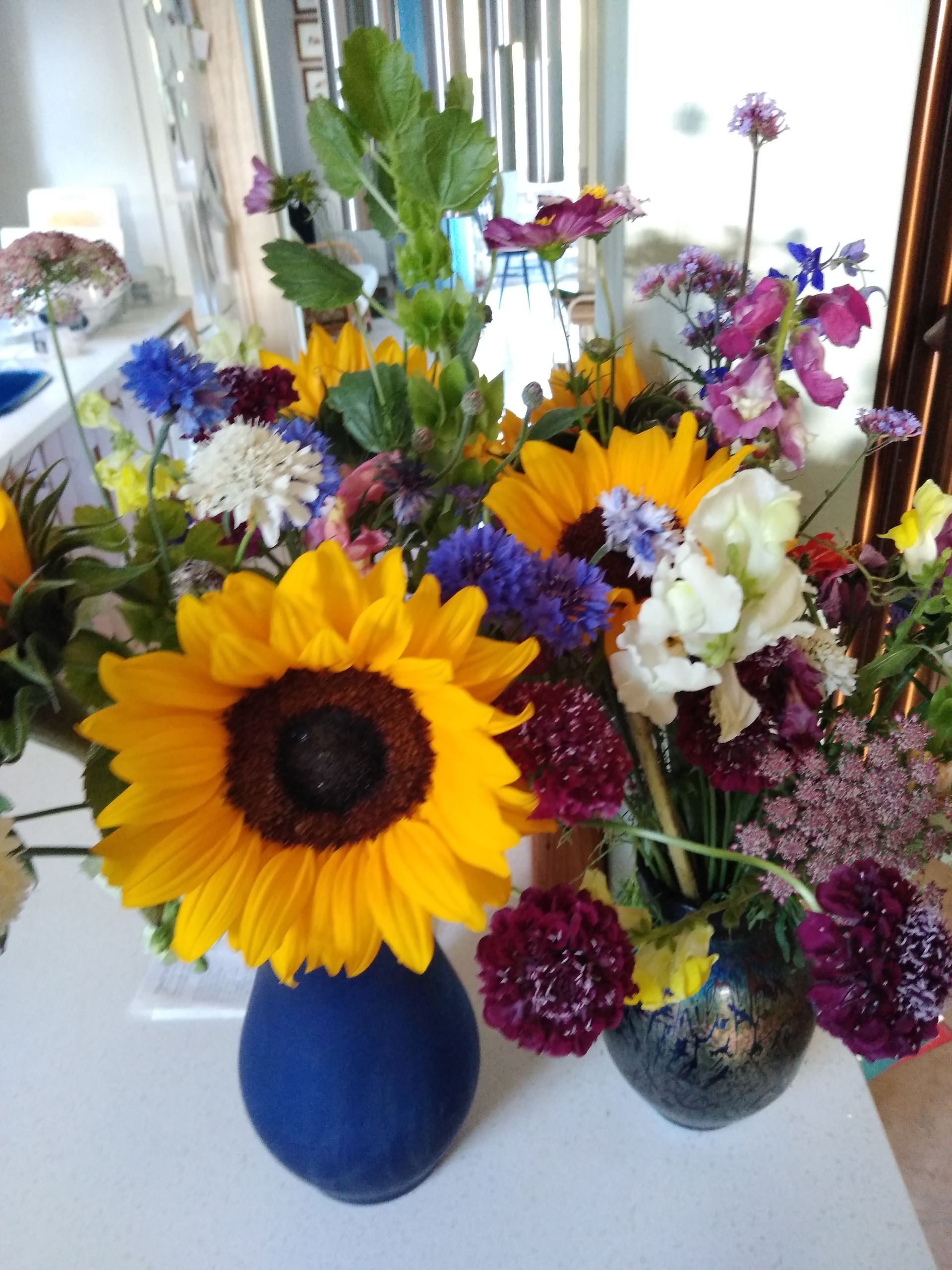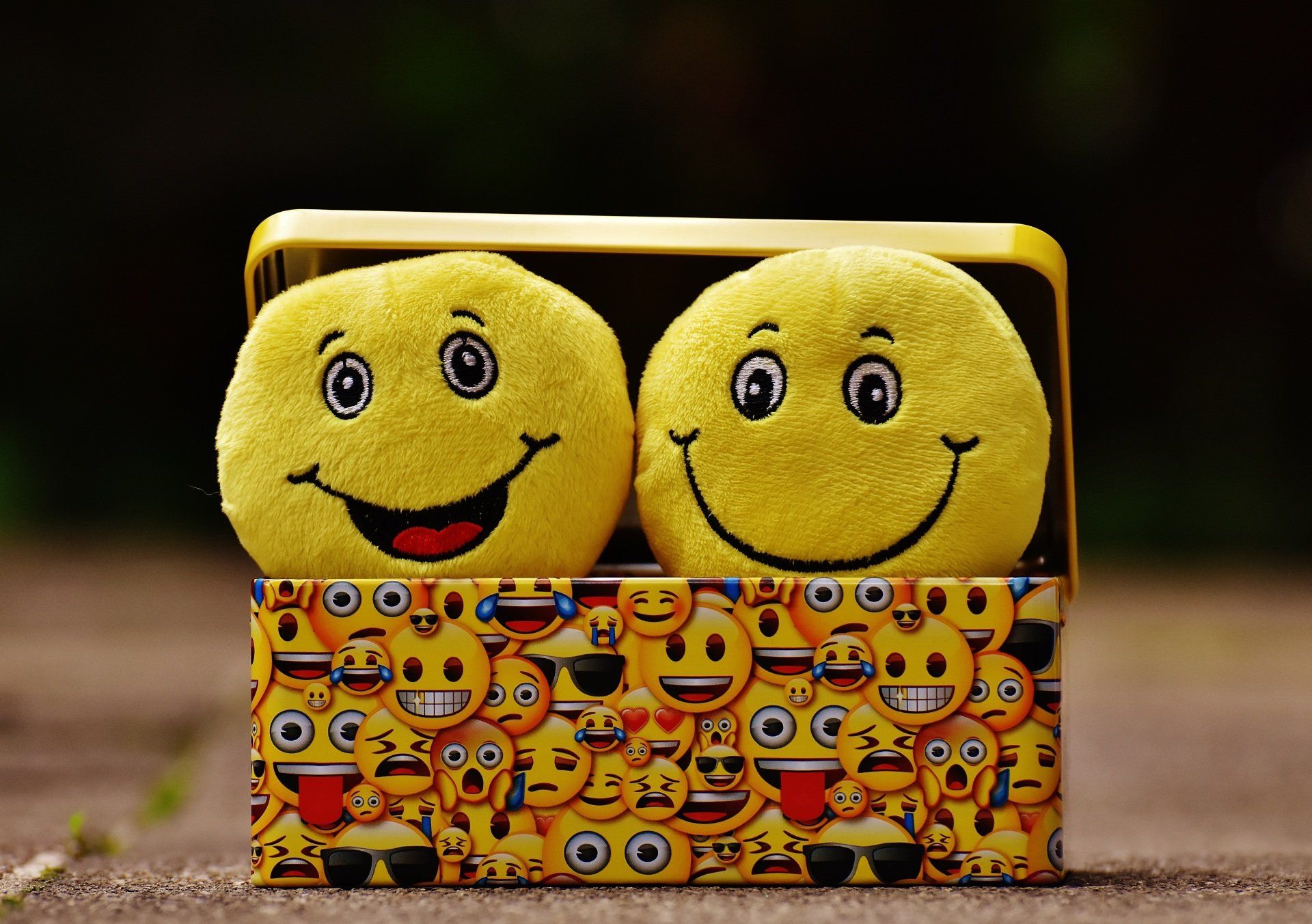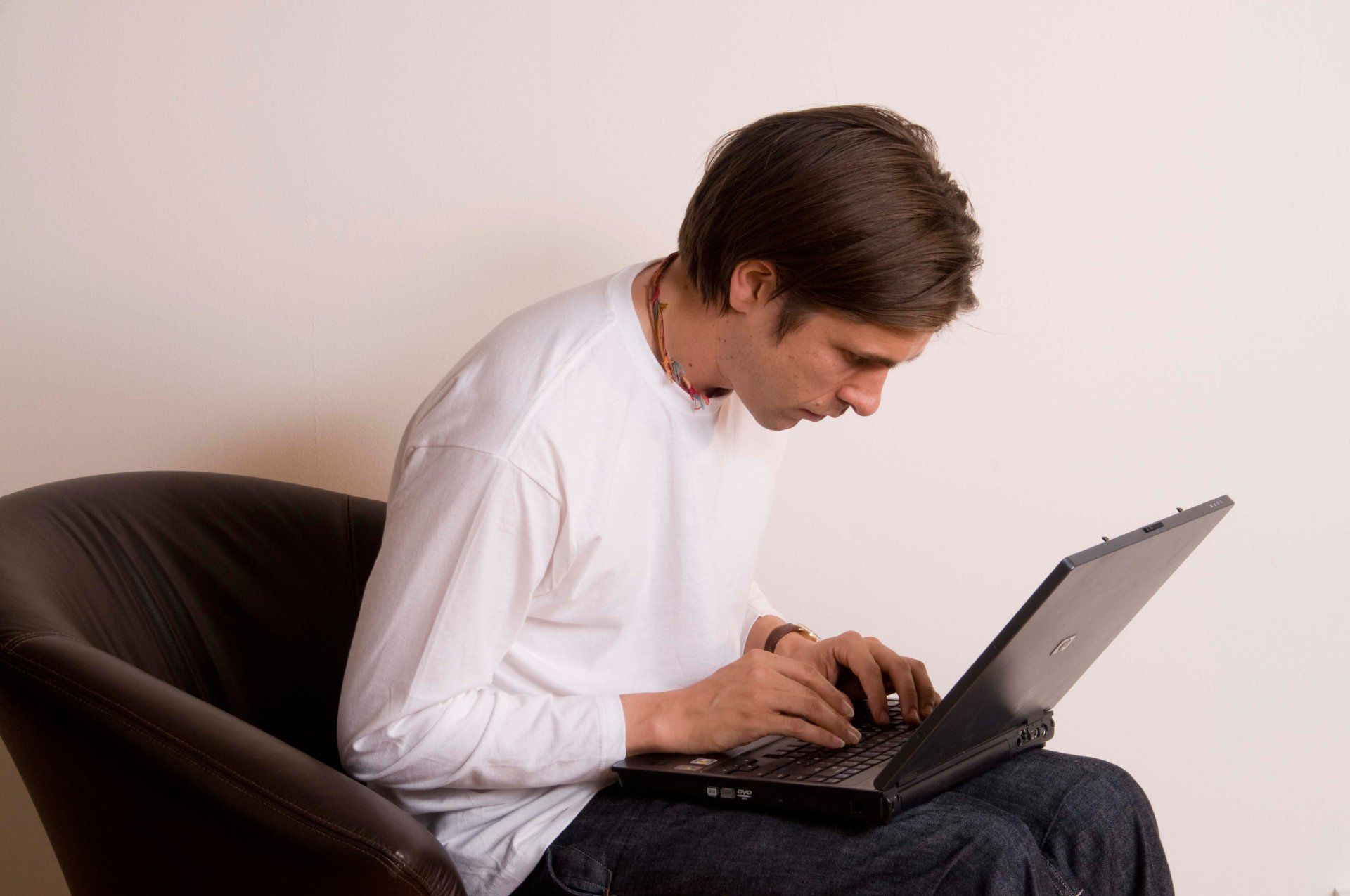Philosophy
Lisa Harris • 11 February 2019
I’m reading a book called ‘Mindfulness – 25 ways to live in the moment through art’ by Christophe Andre. It takes 25 different paintings and uses them to draw out an aspect of mindfulness in a very poetic way.
The chapter I’ve just read is called ‘Let Go’ and the painting is “Hope” by Pierre Puvis de Chavannes (1824 – 1898). In it the author quotes the philosopher Simone Weil:
‘We have to try to cure our faults by attention and not by will. […] Inward supplication is the only reasonable way, for it avoids stiffening muscles that have nothing to do with the matter. What could be more stupid than to tighten up our muscles and set our jaws about virtue, or poetry, or the solution of a problem?’
So, how does that relate to the Alexander Technique? Well, with the Technique we use our awareness and attention to notice what is going on in the relationship between head, neck and back. If we find that relationship isn’t as we’d wish it, we ask for it not to be, or decide not to do what we don’t want. So, if we are tightening our muscles, we ask ourselves not too. (If banging your head against a wall is giving you a headache, you just have to stop!) This is a lot easier than it sounds … firstly, recognising what’s happening is a skill that takes time to develop, and then being able to do something about it is a different skill! But with the help of a teacher who’s been through the process herself (and is still going through it; like peeling an onion there are many layers, just smaller and smaller ones) you can make progress on a journey of self-discovery and self-mastery. I love it!

Well, this cheetah is certainly movement-based and embodied! I saw the words 'movement-based embodied contemplative practices' in a journal I was reading recently. The authors included Alexander Technique, Tai Chi, Qigong, Yoga and Aikido among others in their description. I liked the phrase, because it is a good explanation of the Alexander Technique, which can evade description at times. (He who tastes, knows!). The Alexander Technique is not about being overly relaxed or too tense. It is about being calm and alert and ready in the moment to respond as appropriate. Think of a cat sitting with its ears pricked up as it watches someone rolling a ball of wool (or, to get a bit more up-to-date, the red beam of a laser pointer!) at its feet. It has a stillness, and yet you know it could pounce in an instant. It is a skill that takes time to develop, but helps you maintain an unflustered presence in life, whatever is thrown at you. The authors of the paper, from 2014, are Smalzl, Crane-Godreau and Payne .

After that lovely snowy weather, I slipped on ice on Monday and now have a fractured wrist bone all splinted up. As I felt shaken up and my whole hand was painful, I was reminded of the self-compassion break I discovered researching for my MSc in Positive Psychology. That is, at a time of pain, discomfort, negative self-judgement or other form of suffering, to stop and say to yourself: This is a moment of suffering; All humans suffer; May I be kind to myself. With the ongoing demands of lockdown, homeworking, children at home and so on, I think we could probably all do with some self-compassion right now. This is a practice taken from Buddhism, I believe, and more information on self-compassion and some free downlands can be found at www.self-compassion.org. Warm wishes, Lisa

I recently heard this quote from James Joyce's The Dubliners: "Mr Duffy lived a short distance from his body." I think many of us quite often live a short distance from our bodies! We get bound up in what we are doing, and can forget we've even got a body at all. I find that when I'm studying this can happen. Yet coming back to the body is like coming home. I do believe that when we are in our bodies, our innate wisdom can come to the fore and this will help us in life. At the moment, when we are spending so much time online, I think it's even more important. There are many ways to come into your body - tai chi, yoga, meditation ... or you could try the Alexander Technique!

Well, as we can't go on holiday at the moment, I was reminiscing by looking through some photos from a holiday at the end of last year in Gran Canaria. I came across one I had taken of a quote by Antonio Padron, a Canarian painter, in a museum dedicated to his work. The reason I took it was that it made me think of the Alexander Technique! He wrote that, once he'd finished a painting, he considered it "conquered territory". Presumably, he then started another one! I'm not sure that with the Alexander Technique we ever conquer ourselves! But FM Alexander did say "The experience you want is the process of getting it. If you have something, give it up. Getting it, not having it, is what you want." I find that really inspiring!

Well, my use of screens, both the laptop and my mobile phone, has shot up during these days of Corona lockdown! And if we're not careful, that can lead to an aching neck. I wrote in my last post about computer use, and today I'm thinking about mobile phone use. Firstly, we need to be sat or standing in balance. So, double check your weight - is it spread evenly over both feet? Let them be fully supported by the floor. And if you're sitting, how are you sitting? Uncrossing legs is useful, both feet flat on the floor. What tends to happen with a mobile phone, is that we hold it somewhere around our midriff, and then allow our heads (and neck column) to sink towards it. What we want, however, is to keep our heads above our feet (or pelvis if sitting), and raise our arms to bring the phone closer to our eyes that way! Think of your arms coming out of and being supported by your lower back. The shoulders don't need to raise to do this. Think of your neck releasing and your head balancing. Notice what's in your periphery vision. And remember to breathe! I've noticed the same head-sinking behaviour happening when people drink a cuppa ... so maybe pay attention to how you do that too. Bring the cup up to your lips, and not your lips down to your cup. Best wishes, and keep safe :-)






